Last Updated on
By Rob Boyle
So you want to start shooting a compound bow? First off, congratulations on making the decision to join the ever-expanding sport of archery and bowhunting. Shooting a bow is a lifetime endeavor of fun, patience, excitement and practice.
Five years ago I woke up one day and decided I wanted to learn how to shoot a bow. There wasn’t a real reason behind it, I just felt that “call of the wild” that comes with learning the art of archery. And an art it is; one that is full of grace, devotion and passion.
These days, compound bows are the most popular bows on the market, due to the fact that they are an elegant combination of traditional form and modern engineering. Bow manufacturers like Bear, Hoyt, Mathews, Martin and PSE have been around for a long time, and are some of the biggest sellers in the market. Newer companies like Bowtech, Obsession and Athens have hit the market more recently and are gaining every day in popularity. Each company typically releases a new bow design/line almost every year, with new models being marched out much like the auto industry releases new designs of their vehicles. Each manufacturer can release a variety of bows, sometimes from 5-15 different models each year, each at a different price point and with various bells and whistles. So with all these different manufacturers and models available, where does the new archer know where to start? That is exactly the purpose of this article: to help you find that bow of your dreams. And trust me….it’s out there…it only has to find you.
When I first started looking for my first bow, I was daunted with all the choices I had. Buy new? Used? A brand new model or a year or two older model? One that shot 350 fps (feet per second) or one that shot 265 fps? One with an 80% let off or only 70%? A 35 inch ATA (axle to axle) bow or a 30 inch ATA? Buy a Hoyt? A Mathews? A Bear? What are the differences in the bows? Why are there so many different models? My head was swimming. It was like I had jumped in the deep end of the pool without even knowing how to doggy paddle. My brain was racing with all these different terms and archery related things. It was a daunting task to try and sift through all of the information out there. After hours, days and weeks of research, I decided that a middle of the road used bow was the way I was going to start out, to make sure that I didn’t invest too much money at the start in this new “hobby”. What if I didn’t like it or I was not any good at it? I didn’t want to invest over $1000 on something and not be able to use it. So I will take all the information I have learned, all the hiccups and speed bumps I encountered, and distill all this information down to easy to understand tips for you, the new archer, when buying your first bow.
1. Do not get caught up in the “Fanboy” mentality
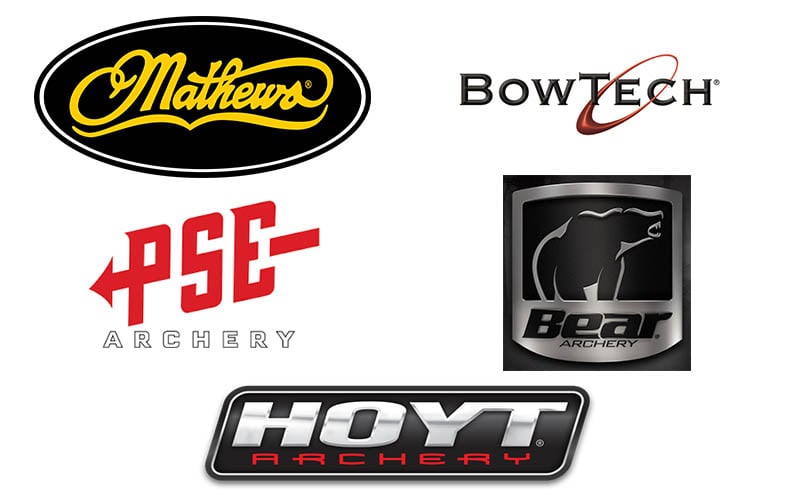
What is the fanboy mentality? If you go on various websites that are dedicated to archery discussions, or if you talk to people who have been shooting compound bows for a while, you will hear certain bow manufacturing names being mentioned more often than others. This is because each bow manufacturer develops a sort of “cult” following from its customers. Brand loyalty runs very deep in the archery world. Lots of people, once they find a bow they like, stick with that brand for the duration of their lifetime, and for good reason. When you find something you like, you tend to stick with it. However, just because somebody somewhere tells you “Hoyt is the best”, don’t necessarily run out and buy a Hoyt without shooting it first. Hoyt might be the “best” bow for them, but maybe not for you. This goes for all the brand manufacturers. It is possible that Hoyt does turn out to be the best brand for you, and if so, that’s great! You’ve found your bow. But this brings us to our next point…
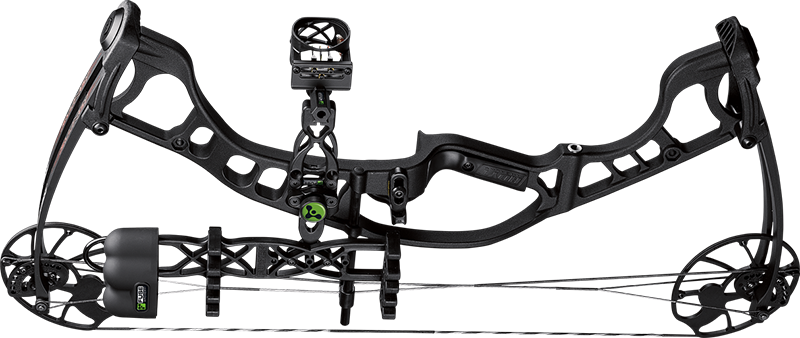
2. Shoot A LOT of different bows before you settle on one brand/model
The archery world is full of fantastic, fast, forgiving, great looking bows. These days, the engineering behind them is so advanced that they all shoot fast, are easy to shoot, and are a joy to use. With that being said, there are subtle nuances between bows that manifest themselves in your ability to shoot the bow. There is an old adage in the archery industry: “You don’t find the bow, the bow finds you”. What does this mean exactly? This means that if you take the time to shoot a variety of different makes and models, there will be at least one bow, when you shoot it, you say “WOW”. That’s the “wow“ factor. You’ll know when the bow you have in your hand has that “wow” factor. It will just feel right. The way it feels in your hand, the way it looks, the way it shoots, the ease of the draw cycle, the speed at which it looses the arrow, and the overall feeling you get when shooting it will let you know that you have found “the one”. Do yourself a favor and shoot a lot of different bows. You can go to any pro shop and ask the archery staff to let you shoot a couple different kinds. If the archery staff is worth their salt, they will take the time you need to outfit you with the bow that suits you best. Remember, this journey is not a sprint, it’s a marathon. You’re just getting started, so start out slowly. Be picky. Buying a bow is an investment that will last you for years. Let the bow find you, and you’ll get years and years of shooting enjoyment.

3. FPS, ATA, Letoff, IBO, Draw Length, Draw Poundage, Brace Height and more…
There are so many technical terms in the compound bow world that it can make your head spin. What does all of it mean and why do I need to know about it? Well, the simple answer is that in order for you to know what your bow does, how it does it, why it does it, and why it’s important to you, it’s important to understand the terminology. We’ll start out with some of the more common terms that you need to know about before buying that first bow.
FPS – Feet Per Second
The biggest selling point that bow manufacturers push is how fast their bow shoots an arrow. Modern day compound bows regularly shoot between 250 and 350 feet per second. That’s really fast. So when you see an ad for a bow that says it shoots up to 350 feet per second, that’s a fast bow. Also know that the 350 fps is under the most ideal conditions. That means they use a heavy arrow, set the draw poundage up to 70 pounds, and use a draw length of 30 inches. Most people won’t shoot a 70 pound bow, their draw length is shorter than 30 inches, and they don’t always use heavy arrows. So, as you can see, if you buy a bow that shoots 350 fps, you may not necessarily be shooting a 350 fps arrow. But the good news is…you could, under ideal conditions!
ATA – Axle to Axle
The axle to axle measurement is the distance vertically between the two axles of the two cams (on a dual cam bow) or between the idler wheel and the cam on a single cam bow. This distance denotes the difference between a “short” bow and a “long” bow. A bow with a shorter ATA is more compact and maneuverable, which can be very useful if you’re hunting in a blind or a compact area. However, shorter bows can sometimes be harder to hold steady on target. A bow with a longer ATA, though not quite as maneuverable or compact, tends to hold on target easier. This is why you’ll see competitive target archers shooting bows with longer ATAs. The longer the ATA, the easier to hold on target. The shorter the ATA, the less easy to hold on target.
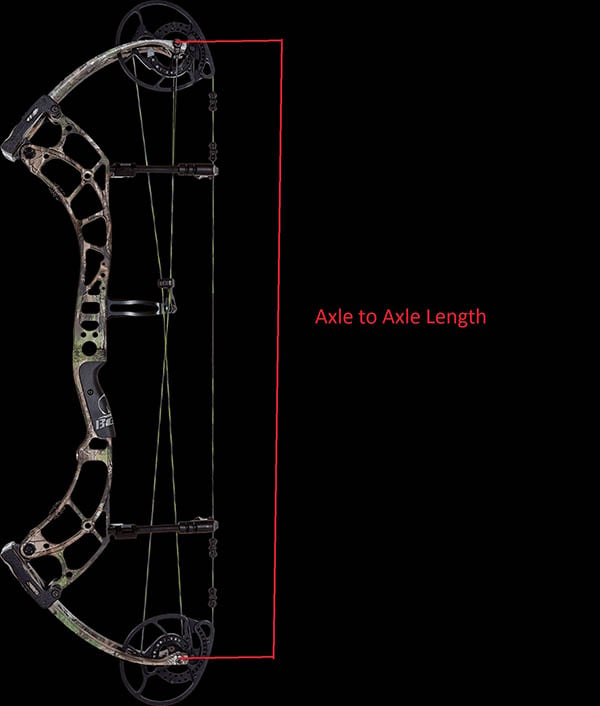
Next time we’ll continue our discussion of the terminology associated with your new compound bow. We’ll cover draw length, draw poundage, brace height, cam systems, and much, much more! Happy Shooting!
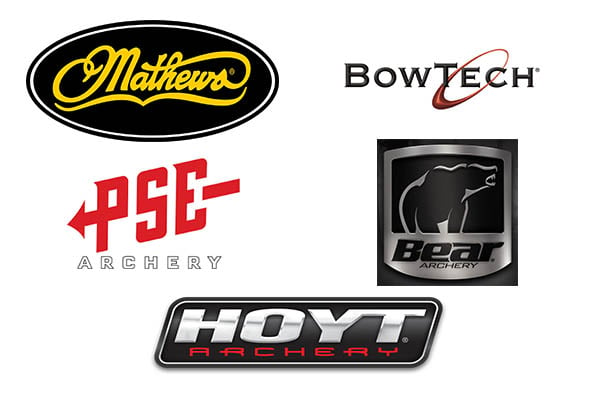
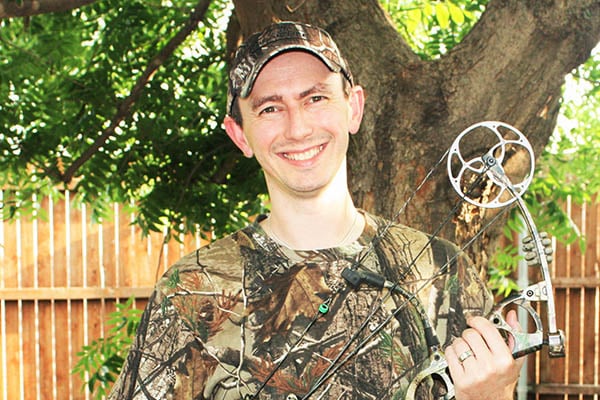
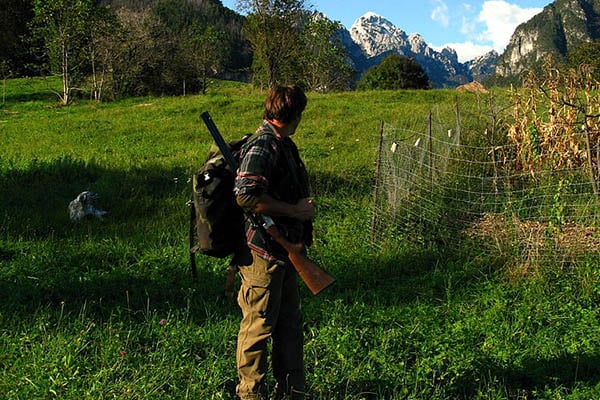









0 comments